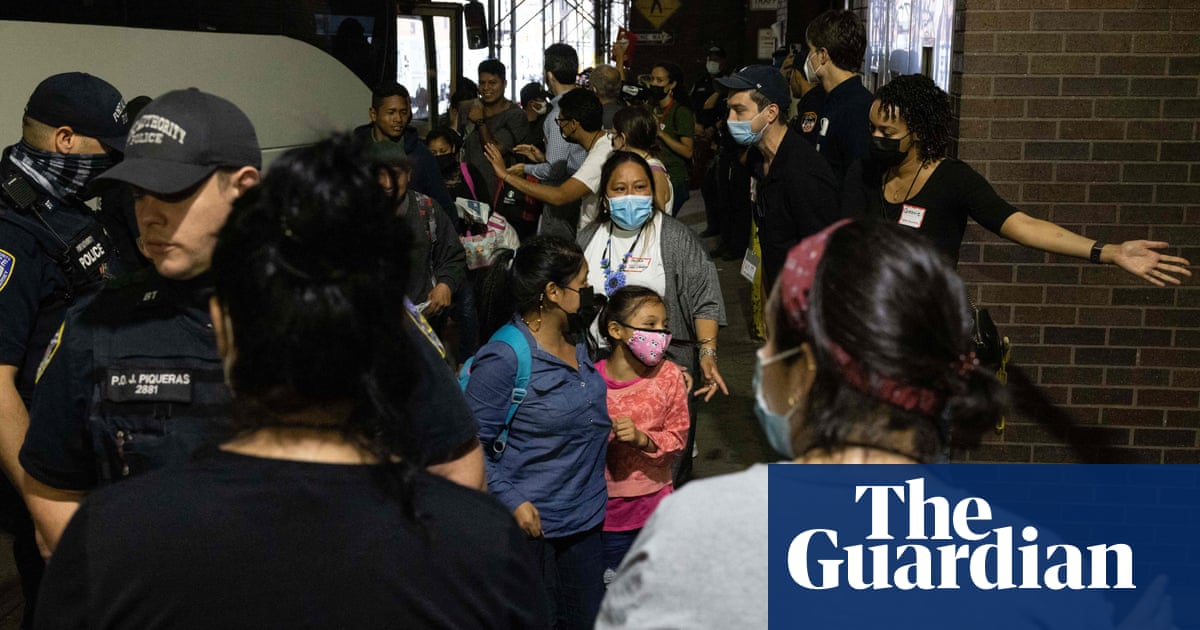The article discusses Donald Trump's expected signing of two executive orders related to immigration, with a particular focus on “sanctuary cities.” This move is positioned as part of a broader effort to strengthen law enforcement and curb illegal immigration. The motivation behind the announcement seems to be both political and strategic, particularly in light of recent legal challenges to the administration's previous efforts to penalize these jurisdictions.
Intended Purpose of the Announcement
The announcement aims to reinforce Trump’s hardline stance on immigration and to rally support among his base, which often views sanctuary cities as a failure to uphold law and order. By bringing attention to these cities and framing them as obstructing federal law, Trump seeks to consolidate political support and energize his followers ahead of upcoming elections. Furthermore, the timing of the announcement, following a federal court ruling against his administration, suggests a need to assert authority in the face of legal setbacks.
Public Perception and Manipulation
The article is designed to evoke strong emotions regarding immigration policies, portraying sanctuary cities as problematic. This framing could lead to a polarization of public opinion, encouraging citizens to view these localities as endangering public safety. The choice of language and the emphasis on “criminals” and “innocent citizens” aims to create a clear dichotomy that may manipulate public sentiment against those jurisdictions.
Potential Omissions
While the article focuses on the executive orders and the intended crackdown on sanctuary cities, it does not delve into the complexities of immigration policies or the consequences of such actions on local communities. This lack of nuance could lead to a simplified view of a multifaceted issue, potentially obscuring the broader impacts of these policies on immigrant populations and community relations.
Comparative News Context
When placed alongside other news stories regarding immigration and law enforcement, this article fits into a broader narrative of heightened tensions around immigration in the U.S. It reflects ongoing debates and legal battles, especially in the context of the Biden administration's contrasting immigration policies. The narrative could be seen as part of a larger strategy by the Trump camp to reassert its influence and agenda in the political landscape.
Community Impact and Political Ramifications
The signing of these orders is likely to galvanize support among Trump's core supporters, who may view this as a fulfillment of campaign promises. Conversely, it could deepen divisions within communities that favor more inclusive immigration policies. The potential backlash from local governments and civil rights organizations may result in renewed legal challenges, which could further complicate the immigration landscape.
Market and Economic Implications
The news could influence certain sectors, especially those related to law enforcement and security. Stocks associated with private prison companies or immigration enforcement technology may see fluctuating values as investors react to the implications of stricter immigration policies. The broader economic impact, however, could be negative if local economies that rely on immigrant labor experience disruptions.
Global Context and Power Dynamics
This executive order can be viewed as part of a wider trend in nationalistic policies seen globally, where countries are increasingly tightening immigration controls. While it may not have immediate ramifications on global power dynamics, it reinforces a narrative that could impact international relations, particularly with countries from which many immigrants originate.
Use of AI in News Composition
There is no clear indication that artificial intelligence played a role in the composition of this article. However, if AI were used, it could have influenced the structuring of the narrative to emphasize certain phrases or themes, potentially steering the reader's emotional response. The framing of sanctuary cities could be a point where AI might be employed to analyze public sentiment and craft a narrative that aligns with specific political agendas.
In summary, the article is a strategic move by Trump to reaffirm his immigration policies and rally his base, while simultaneously framing sanctuary cities as a threat to law and order. The reliability of the article can be assessed as moderate, given its focus on a specific narrative without fully exploring the complexities of the issue.
